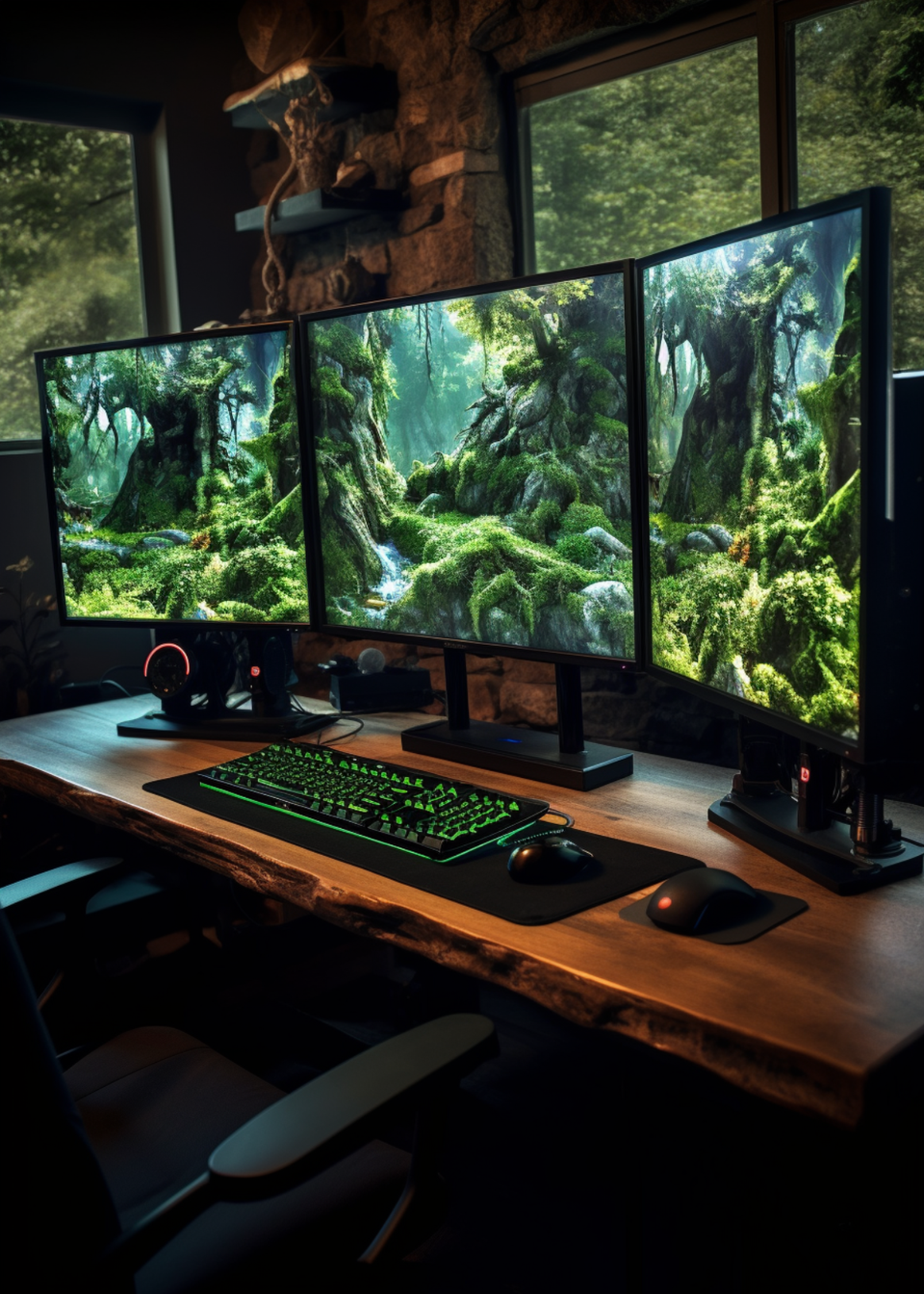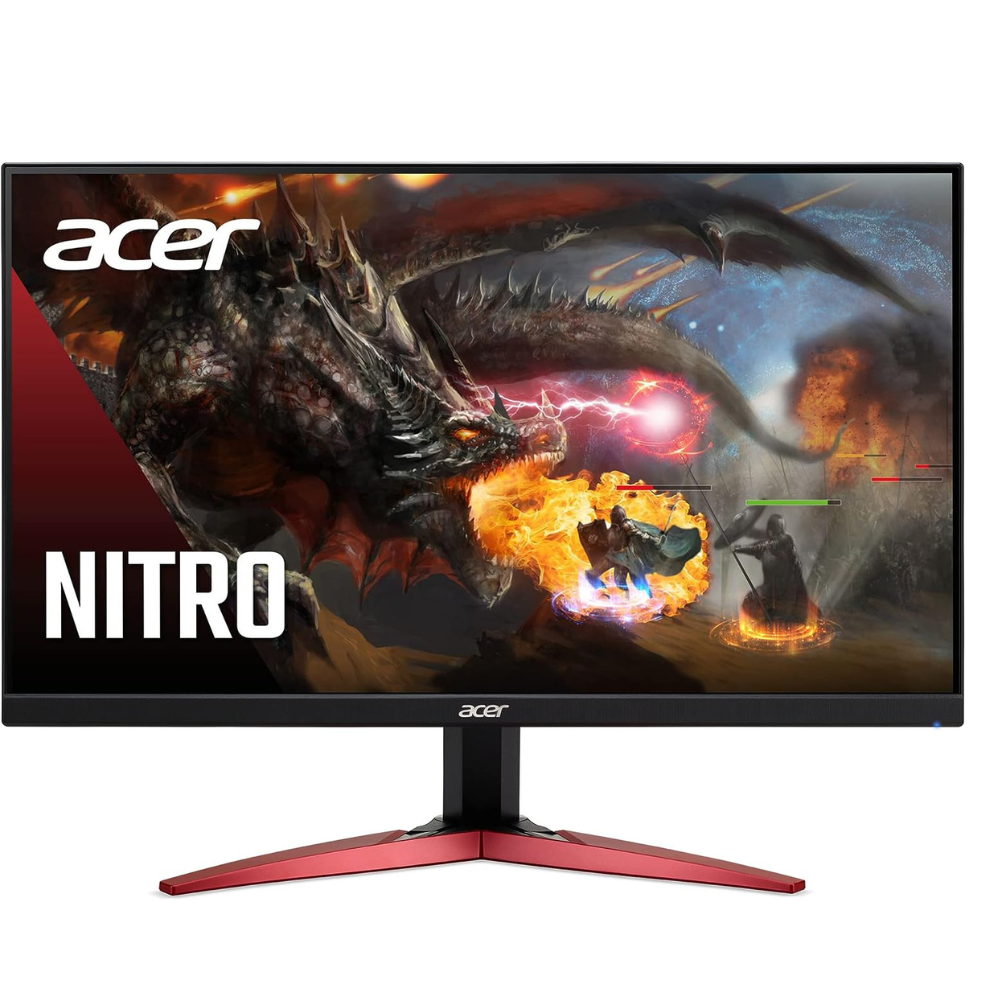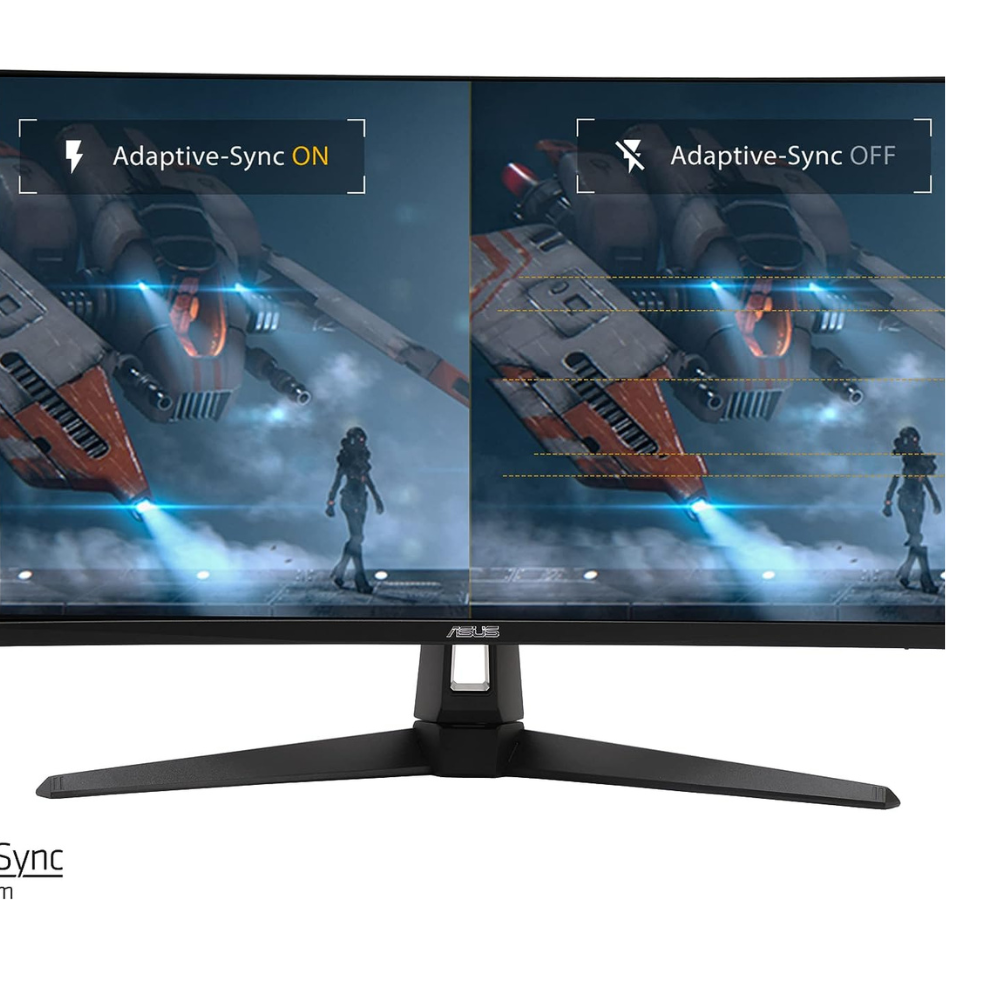1080p vs 1440p Monitors | Is The Increased Resolution Worth It For Gaming? 🎮

Display resolutions play a crucial role in the gaming experience, as they determine the clarity and sharpness of the visuals. In this article, we will delve into the topic of display resolutions in gaming and explore the differences between two popular resolutions: 1080p and 1440p.
In this article, we will compare the 1080p and 1440p resolutions and determine which one is best suited for gaming. By examining their characteristics, advantages, and potential drawbacks, we aim to provide readers with a comprehensive understanding of these resolutions and help them make an informed decision when choosing a display for their gaming needs.
Understanding What is a Display Resolution?
Display resolution refers to the number of pixels that can be displayed on a screen, both horizontally and vertically. It is measured in terms of width and height, such as 1920x1080 for 1080p and 2560x1440 for 1440p. The importance of display resolution in gaming lies in its impact on the level of detail and clarity of the visuals. Higher resolutions generally result in sharper images and more immersive gaming experiences.
Pixels are the individual dots that make up an image on a screen. The more pixels there are, the more detailed and clear the image will be. In gaming, pixels contribute to the overall image quality, affecting the sharpness of textures, the visibility of small details, and the smoothness of curves and edges. Higher resolutions offer a greater number of pixels, resulting in more precise and lifelike visuals.
In the realm of gaming, there are several common display resolutions available. Two popular options are 1080p and 1440p. 1080p, also known as Full HD, has a resolution of 1920x1080 pixels. It has been the standard resolution for gaming for many years and is widely supported by gaming consoles, PCs, and monitors. On the other hand, 1440p, also referred to as Quad HD or 2K, offers a resolution of 2560x1440 pixels. It provides a higher pixel density than 1080p, resulting in sharper visuals and more detailed graphics. While 1080p is still prevalent and offers a smooth gaming experience, 1440p has gained popularity among gamers seeking enhanced visual fidelity and a more immersive gameplay environment.
Advantages of 1080p for Gaming

Image Credit-Amazon
⭐ The popularity and widespread use of 1080p resolution in gaming cannot be overstated. It has become the standard resolution for most gamers due to its widespread adoption and compatibility with various gaming systems. Many gaming consoles, such as the PlayStation 5 and Xbox Series X, support 1080p resolution, making it a popular choice among console gamers. Additionally, most gaming PCs and laptops are equipped with 1080p displays, further contributing to its popularity.
⭐ One of the significant advantages of 1080p monitors is their affordability. Compared to higher resolutions like 1440p or 4K, 1080p monitors are generally more budget-friendly, making them accessible to a wider range of gamers. Furthermore, 1080p monitors are compatible with various gaming systems, including consoles, PCs, and laptops. This compatibility allows gamers to enjoy their favorite games on different platforms without the need for additional equipment or upgrades.
⭐ Another advantage of 1080p for gaming is its ability to provide smoother gameplay due to lower hardware requirements. Compared to higher resolutions, 1080p places less strain on the hardware, allowing for higher frame rates and smoother animations. This is particularly beneficial for competitive gaming, where every frame matters. With 1080p, gamers can achieve a more responsive and fluid gaming experience without the need for expensive hardware upgrades.
⭐ 1080p resolution offers a wide range of games optimized specifically for this resolution. Many game developers prioritize optimizing their games for 1080p due to its popularity and widespread use. As a result, gamers can enjoy a vast library of games that are designed to deliver the best visual experience at 1080p resolution. This ensures that gamers have access to a diverse selection of titles that take full advantage of the capabilities of their 1080p displays.
Advantages of 1440p for Gaming

Image Credit-Amazon
⭐ The popularity of 1440p resolution in gaming has been steadily increasing. Many gamers are opting for 1440p as it strikes a balance between the affordability of 1080p and the visual fidelity of 4K. With the availability of more affordable 1440p monitors and graphics cards capable of handling this resolution, it has become a popular choice for gamers seeking a higher level of visual immersion.
⭐ One of the primary advantages of 1440p for gaming is the enhanced visual experience and improved image quality it offers. With 1440p, games appear sharper and more detailed compared to 1080p. The increased pixel density results in crisper textures, finer details, and smoother edges, providing a more immersive and realistic gaming experience. This heightened level of visual fidelity can greatly enhance the enjoyment of visually stunning games.
⭐ Another advantage of 1440p is the increased screen real estate and higher pixel density it provides. With a higher resolution, gamers can see more content on the screen at once, allowing for a wider field of view and improved multitasking. Additionally, the higher pixel density ensures that images and text appear sharper and more legible, making it easier to read in-game menus, chat messages, and other on-screen elements.
⭐ 1440p resolution is compatible with high-end gaming systems and offers future-proofing potential. Many high-end graphics cards and gaming monitors support 1440p, allowing gamers to take full advantage of their powerful hardware. By investing in a 1440p setup, gamers can ensure that their gaming experience remains top-notch for years to come, even as more demanding games are released. This makes 1440p a viable option for gamers looking to future-proof their gaming setup.
Considerations for Choosing the Best Resolution
The impact of different gaming genres on resolution preference can vary significantly. In strategy games, such as real-time strategy (RTS) or turn-based strategy (TBS) games, the importance of detail is often paramount. These games typically involve managing resources, commanding armies, and making strategic decisions. In such cases, a higher resolution like 1440p can provide a more immersive experience by offering greater clarity and allowing players to discern finer details on the battlefield or in the game's environment.
On the other hand, fast-paced action games, such as first-person shooters (FPS) or racing games, prioritize smooth gameplay and quick reactions. In these genres, a higher frame rate is often more crucial than resolution. Players may prefer a lower resolution like 1080p to achieve higher frame rates, which can enhance responsiveness and reduce input lag. The focus here is on fluid motion and quick reflexes rather than intricate details.
When considering the potential for future upgrades and the longevity of 1440p monitors compared to 1080p, it's important to note that technology is constantly evolving. While 1080p monitors have been the standard for many years, 1440p monitors offer a higher pixel density and sharper image quality. This higher resolution can provide a more immersive gaming experience and future-proof your setup to some extent.
1440p monitors also tend to have larger screens, which can enhance visual enjoyment. Additionally, as game developers continue to push the boundaries of graphics and visual fidelity, higher resolutions like 1440p may become more prevalent in the gaming industry. Therefore, investing in a 1440p monitor may offer better longevity and compatibility with future gaming advancements.
Both 1080p and 1440p resolutions offer upscaling and downscaling options, allowing users to adapt to different gaming scenarios. Upscaling refers to displaying a lower-resolution image on a higher-resolution monitor, while downscaling involves displaying a higher-resolution image on a lower-resolution monitor.
Upscaling can be useful when playing older games or running applications that don't support higher resolutions. It allows the image to fill the screen without stretching or distorting the graphics. Downscaling, on the other hand, can be beneficial when trying to achieve higher frame rates or when using a lower-resolution monitor. It allows the image to be rendered at a higher resolution and then scaled down to fit the monitor's native resolution, resulting in a potentially smoother and more detailed image.
Conclusion
The potential for future advancements in display technology is promising. As technology continues to evolve, we can expect to see new resolutions emerge in the gaming industry. Manufacturers are constantly pushing the boundaries to deliver higher resolutions, faster refresh rates, and improved visual quality. This means that the options for gaming resolutions will likely expand in the future, providing gamers with even more choices to suit their preferences.
When choosing a resolution, it's essential to consider your specific gaming needs, preferences, and budget. Different genres and personal preferences may influence your resolution choice. If you prioritize detail and immersion, a higher resolution like 1440p may be the way to go. However, if you value smooth gameplay and higher frame rates, a lower resolution like 1080p might be more suitable. Additionally, your budget should also be taken into account, as higher resolutions often come with a higher price tag.
For further research on gaming resolutions and related topics, there are several resources and recommendations available. Online forums and communities dedicated to gaming can provide valuable insights and discussions on resolution preferences. Additionally, technology review websites and YouTube channels often offer in-depth reviews and comparisons of different monitors and resolutions. It's important to gather as much information as possible to make an informed decision that aligns with your gaming preferences and requirements.





